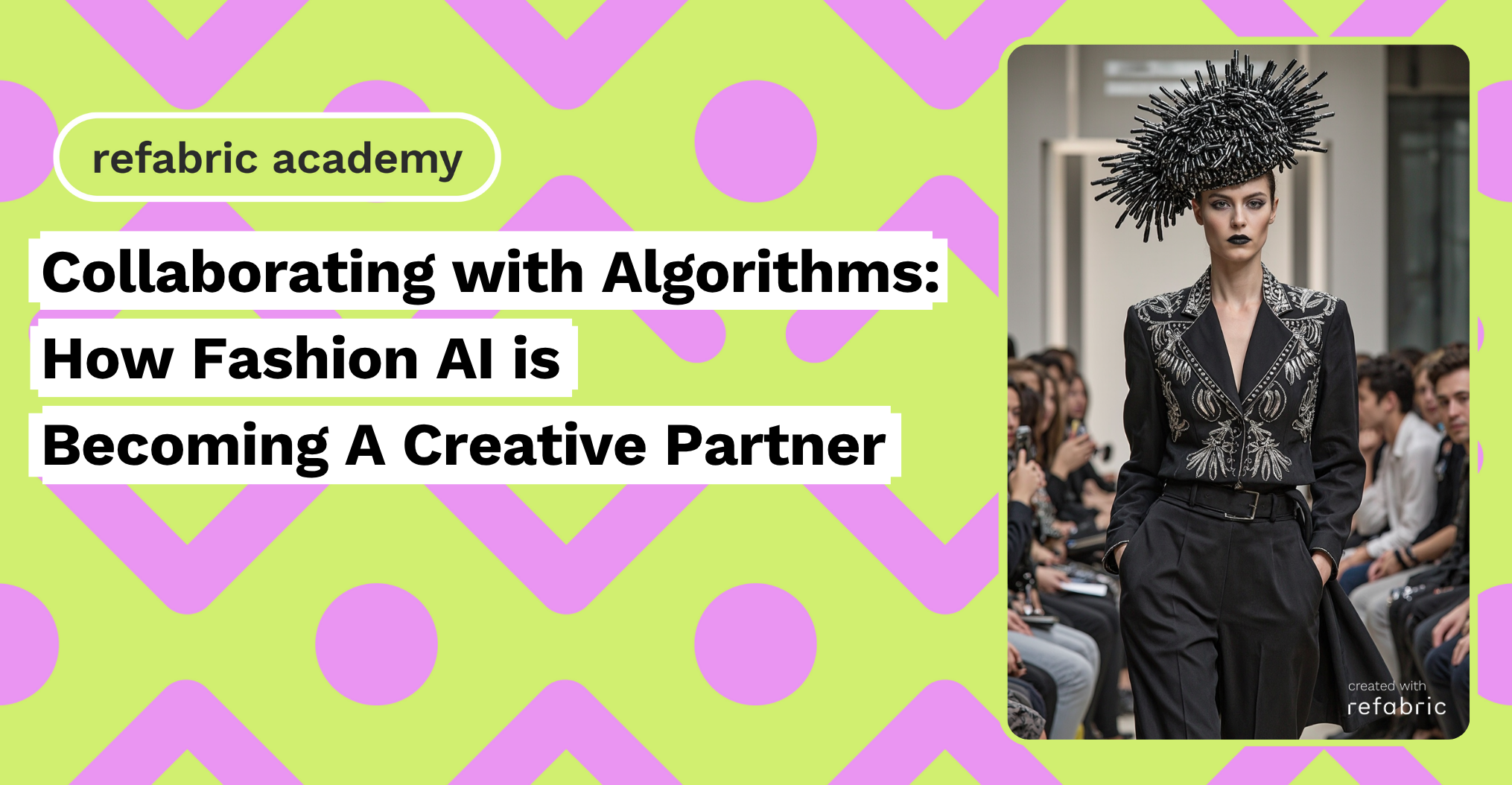In today’s tech-fueled fashion landscape, fashion AI is no longer just a behind-the-scenes engine for data and automation, it’s a creative collaborator. Designers across the globe are embracing fashion AI not only to streamline their processes but to spark new ideas, test uncharted aesthetics, and reimagine the design workflow. Whether generating bold silhouettes, experimenting with textures, or editing garments in real time, designers are finding inspiration and speed through partnerships with intelligent algorithms.
The result is a new era of creativity where human intuition and machine learning combine to unlock innovation faster than ever.
Fashion AI as a Muse for Design Exploration
Fashion has always thrived at the intersection of creativity and culture, but fashion AI brings an entirely new element to the mix: computational imagination. By analyzing millions of fashion images, historical archives, and trend data, AI-powered tools can suggest unique combinations of patterns, colors, and cuts that a human designer may never have considered.
For instance, designer Lulu Li collaborated with Moncler to transform AI-generated fashion concepts into a ready-to-wear collection unveiled in Shanghai. Li emphasized how fashion AI inspired unexpected shapes, silhouettes, and design details, serving as a creative springboard rather than a replacement. “I am aware of how technology can help artists.
Whether technology somehow could force artists to obey a certain grammar, like for example with paint, there’s specific ways to use different types of paint to make it work. It’s the same with AI; you should work in a specific way for this AI tool to work to your benefit.” says the fashion designer. This kind of partnership showcases how designers are beginning to treat fashion AI not as a substitute, but as a powerful creative ally.
Speeding Up the Creative Cycle
One of the most transformative benefits of fashion AI is how it accelerates the early stages of design. Instead of sketching dozens of versions by hand, designers can now generate a wide range of iterations in minutes, choosing the best concepts to refine further.
Fashion designers who use AI to generate intricate jacquard patterns can now benefit from AI in fashion design. In the past, they spent days manually drafting motif variations. Now, AI provides hundreds of pattern suggestions with adjustable parameters like color density, scale, and symmetry. It’s a launchpad for creativity, not a replacement, but always a partner.
This ability to generate high-quality design options quickly is especially useful in today’s fast-paced fashion cycles. With shorter timelines and increasing demand for personalization, fashion AI empowers designers to stay ahead of the curve without compromising on originality.
Real-Time Control with Refabric’s Tailoring Tool
As fashion AI evolves, the best tools don’t just generate, they empower designers to fine-tune. Refabric’s new Tailoring feature in its Design Studio exemplifies this shift toward precision and creative control. Built with flexibility in mind, Tailoring allows users to make intuitive, detail-level edits to any AI-generated garment.
From sleeve adjustments to full silhouette transformations, the Brush and Lasso tools let designers reshape their garments with surgical accuracy. Whether you’re refining a hemline or completely reworking a bodice, Tailoring gives you the control of traditional sketching with the speed and responsiveness of AI. It’s the perfect balance between structure and freedom, making design iteration smoother and smarter.
For many creatives, this level of real-time customization turns fashion AI from a source of inspiration into a full-fledged design partner.
The Future of Fashion Design is Collaborative
The stereotype of AI as a rigid, mechanical force is quickly being replaced by a more accurate image: a flexible, imaginative, and responsive co-creator. As designers gain more tools like Refabric’s Tailoring system, the collaboration between human and algorithm becomes not just productive but profoundly creative.
Designers remain the visionaries, but now they’re backed by intelligent systems that understand fashion’s rules and know when to break them. From idea generation to final garment refinement, fashion AI empowers creators to explore, experiment, and execute with more precision and speed than ever.
